A plantar pressure gait analysis system is a precision instrument based on dynamic measurement technology that captures the distribution of forces on the soles of the feet during walking, running, or standing. It provides scientific support for the evaluation of foot health and athletic performance. Widely applied in medicine, sports science, and rehabilitation engineering, the system generates multidimensional, accurate data to assist professionals in diagnosis and intervention. This article will detail the primary types of data provided by plantar pressure gait analysis systems and their significance.
Plantar Pressure Distribution System
1. Plantar Pressure Distribution Data
The core functionality of a plantar pressure gait analysis system is to measure and visualize the distribution of pressure across the soles of the feet. The device collects force data through sensor arrays or pressure plates and converts it into two-dimensional or three-dimensional pressure maps.
Overall Pressure Distribution
By detecting the pressure intensity across various regions of the foot—such as the heel, metatarsals, and arch—the system identifies key force characteristics. This data is critical for pinpointing abnormal pressure areas, such as hotspots of excessive force or underloaded regions.
Bilateral Pressure Symmetry
The system compares the pressure distribution between the left and right feet, assessing symmetry. Symmetry analysis is essential for evaluating gait deviations, posture abnormalities, or compensatory movements resulting from injuries.
2. Gait Parameter Data
Gait analysis is another crucial function of plantar pressure gait systems, providing dynamic parameters that cover multiple phases of the gait cycle, including the stance phase, swing phase, and transitions between them.
Step Length and Step Width
The system accurately measures the length and width of each step. These parameters reflect an individual’s walking stability and gait characteristics, serving as valuable indicators for diagnosing abnormalities such as shuffling or unstable gait.
Cadence and Walking Speed
By continuously tracking cadence and walking speed, the system evaluates an individual’s movement efficiency. These parameters, which often correlate with age, gender, and physical condition, support athletic training or rehabilitation programs.
Gait Cycle Duration
The system calculates the duration of the gait cycle, including the proportions of the stance and swing phases. Such data helps identify abnormal gait patterns, such as dragging or limping, and provides quantitative support for clinical interventions.
3. Dynamic Balance Ability Data
Dynamic balance refers to the ability to maintain posture stability during movement. Plantar pressure gait analysis systems assess balance-related data by analyzing the trajectory of the center of gravity (COG).
COG Trajectory
The system tracks the movement of the center of gravity during walking or standing, evaluating its stability and deviation. Analysis of COG trajectory patterns and ranges can reveal balance impairments caused by neurological disorders or lower limb injuries.
Balance Parameters
Balance parameters include the velocity, acceleration, and sway amplitude of the COG. These indicators are particularly useful in rehabilitation training and in predicting fall risks among elderly individuals.
4. Joint and Biomechanical Data
Modern plantar pressure gait analysis systems can integrate motion capture technology to provide biomechanical data for foot and lower limb joints.
Joint Angles and Angular Velocity
By simultaneously tracking the motion of joints such as the knee and ankle, the system calculates joint angle changes and velocities. This data supports biomechanical research and joint function assessments.
Ground Reaction Force (GRF)
Ground reaction force is a vital biomechanical parameter in gait analysis. The system captures changes in the GRF during gait and decomposes it into vertical, anterior-posterior, and lateral components, offering insights into gait stability and foot function.
5. Spatiotemporal Parameter Data
Spatiotemporal parameters describe key dimensions of the gait process and include the following:
Stance and Swing Phase Duration
The system precisely records the proportions of stance and swing phases within the gait cycle. These data are crucial for identifying pathological gait patterns, such as those associated with Parkinson’s disease or hemiplegia.
Gait Asymmetry
Gait asymmetry often indicates lower limb dysfunction or neurological disorders. By comparing left and right gait parameters, the system quantifies asymmetry levels, aiding in accurate diagnosis and targeted rehabilitation.
6. Comprehensive Data Analysis and Value
The multidimensional data generated by a plantar pressure gait analysis system provides scientific support for clinical diagnosis, performance optimization, and rehabilitation interventions. For example:
Medical Applications: Assists in diagnosing flatfoot, high arches, and other foot abnormalities.
Sports Science: Offers gait optimization plans for athletes, reducing the risk of injuries.
Rehabilitation: Guides personalized rehabilitation program design and monitors recovery progress and effectiveness.
With its comprehensive capabilities for dynamic data collection and analysis, the plantar pressure gait analysis system has become an essential tool in foot health and gait evaluation. Proper utilization and in-depth analysis of these data can not only provide scientific support for the medical and sports sectors but also drive the advancement of personalized health management and precise interventions.

 +86-0755-86131192
+86-0755-86131192 2025-01-16
2025-01-16 Back to list
Back to list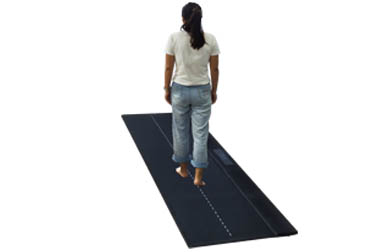
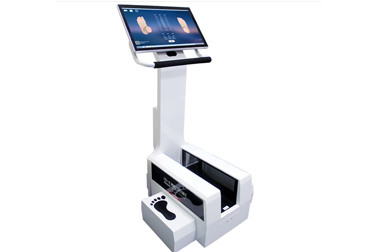
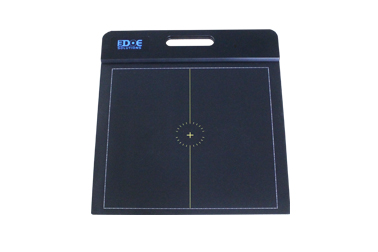
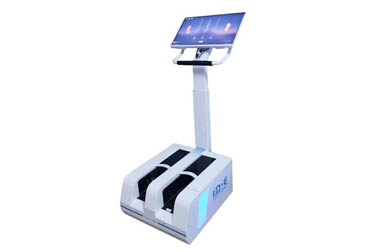
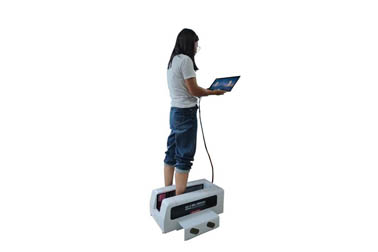



 +86-0755-86131192
+86-0755-86131192